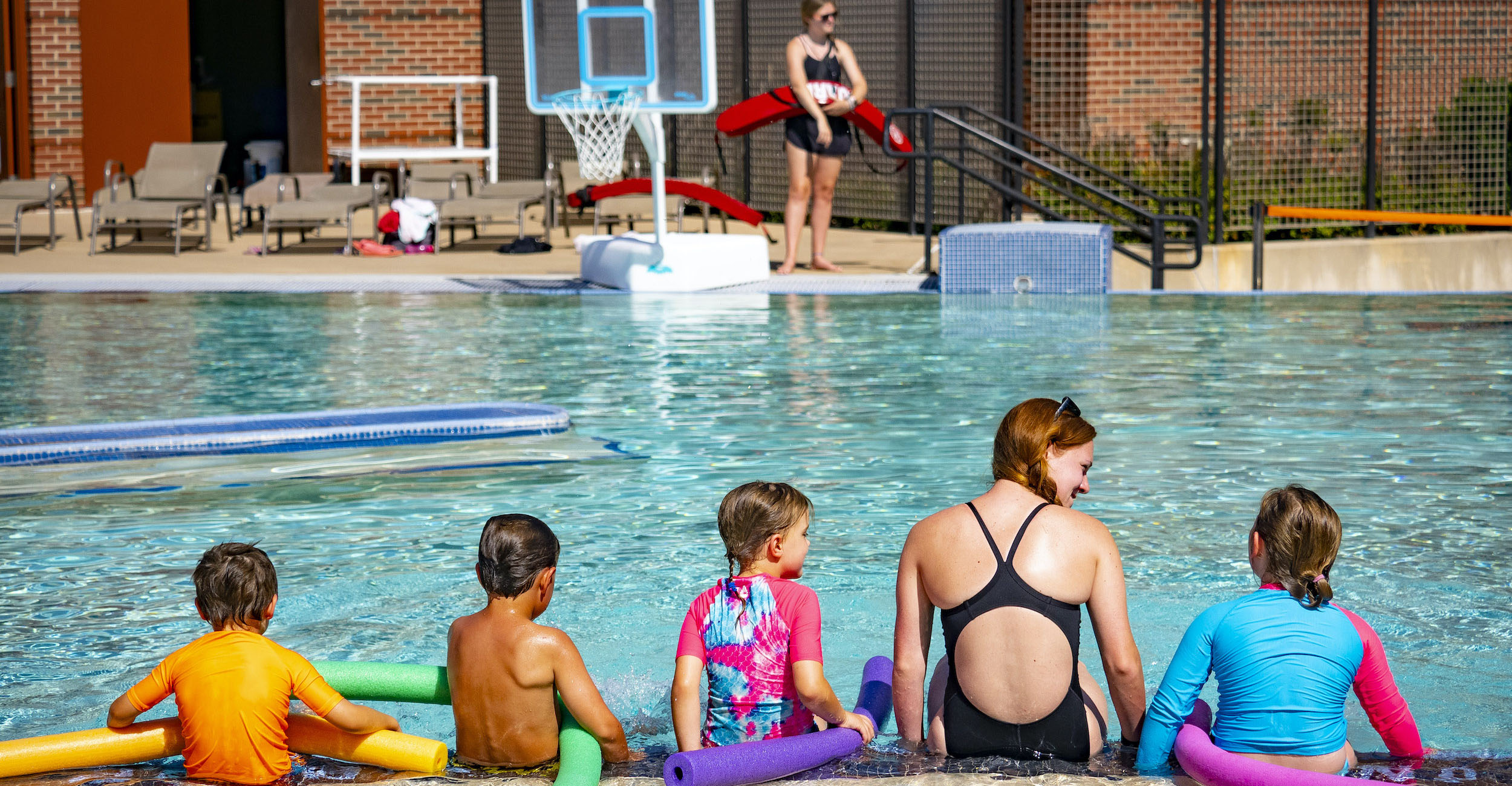
National Safety Month highlights ag and summer hazards
Thursday, June 23, 2022
Media Contact: Gail Ellis | Editorial Communications Coordinator | 405-744-9152 | gail.ellis@okstate.edu
June is National Safety Month, but for farmers and ranchers, safety is a 24/7, year-round priority. The agriculture industry is filled with many dangers involving equipment, animals, chemicals and weather.
Oklahoma State University Extension and the U.S. Department of Agriculture offer safety pointers for the following areas.
Livestock handling
Whether vaccinating calves or providing first-aid to horses, working with livestock in close quarters is a risky job. Mark Johnson, OSU Extension beef cattle breeding specialist, said 50% of all injuries to humans are the result of bad judgment, being in a hurry, exhaustion, being preoccupied and trying to get things done too quickly. On a recent episode of OSU Agriculture's SUNUP television program, he explained why it’s necessary to recognize cattle behavior, learn animal husbandry skills and work in well-maintained facilities. These three areas are detrimental to reducing animal stress, improving labor efficiency and avoiding injury to cattle and humans.
“All beef cattle have a flight zone and point of balance, are motivated by fear and don’t like to be alone,” he said. “Ranchers need to capitalize on cattle behavior and follow a facility checklist.”
- Size of cattle
- Frequency of the facility’s use
- Interior or exterior location, including the chute, alleyway, lighting situation and drainage
Additional safety information can be found in Chapter 40 of the OSU Beef Cattle Manual.
Farm equipment and storage facilities
From understanding the hazards of power take-off equipment and mower blades to engine fluids and exhaust mufflers, the USDA provides ag safety resources for children and employees on the farm. OSU Agriculture also offers a video on grain bin safety produced by OSU's Stored Products Research and Education Center.
Sun Exposure
Most people prioritize their skin more in the summer when they spend a greater amount of time outdoors. Gina Peek, OSU Extension associate dean of engagement and continuing education and director of OSU Extension’s Family and Consumer Sciences, advised the following tips to avoid mid-day sun exposure and to properly apply sunscreen:
- Use a broad-spectrum sunscreen with a sun protection value (SPF) of at least 15
- Follow directions on the sunscreen label for correct application and frequency
- Apply sunscreen to all exposed skin, including ears, nose, lips, back of the neck, hands and feet
Read more about sunscreen application and sun safety.
All-Terrain Vehicles (ATVs)
ATVs, such as four-wheelers and other utility vehicles, are convenient on the farm but can be dangerous if not operated in a safe and responsible manner. Inexperienced drivers are more apt to operate ATVs in the summer when children are home from school. All drivers should complete a safety course to learn the critical thinking and judgment skills needed to safely operate an ATV.
The OSU Extension ATV Riders Course includes a two-hour online component as well as a three-hour skills course conducted by a licensed ATV Safety Institute instructor. Oklahoma schools can also request a training session on location.
Oklahoma Farm Bureau is a corporate sponsor of the ATV safety program. Both OSU Extension educators and OFB staff are trained and certified to teach the course.
Water
Nicholas Sumpter, aquatics program assistant at the Colvin Recreation Center on OSU’s campus, is a certified water safety instructor who is managing the center’s swim lesson program this summer. The Colvin Center offers swim lessons for children as young as 6 months old. In pools, oceans, lakes or any other body of water, he suggested these basic water rules:
- Be aware of the hazards — know the water depth and what dangers exist with each different body of water.
- Know how to help in an emergency — call 911 and identify lifeguards.
- Learn how to choose and properly put on a lifejacket.
The American Red Cross recommends life jackets approved by the U.S. Coast Guard with a lower strap to prevent the jacket from sliding off the swimmer. Life jackets are made for all ages and should always be worn in boats.
“We do swim tests in our pool here at the Colvin Center, and if you’re not able to do a half-length of the pool without getting tired, we recommend you wear a life vest,” Sumpter said.
Sumpter said a person can drown in as little as 1 inch of water. The risks increase, of course, when swimming is mixed with alcohol or drugs.
“As adults, we don’t think we have to listen to the kid rules for swimming, but it’s still important to look out for others, always have a buddy and know what kind of hazards there are in the water,” he said.
Mental health
Working in agriculture is rewarding but also involves many challenges that can negatively impact a person’s mental and emotional health. OSU Extension, the OSU Center for Health Sciences and the Oklahoma Department of Agriculture, Food and Forestry have teamed up through a one-year grant from the USDA National Institute of Food and Agriculture to host a series of webinars aimed at mental health support for farmers and ranchers.
Farm stress is a real issue for many rural families, and OSU is partnering with the USDA to increase mental health awareness while helping people get the assistance they need.
Gardening
OSU Extension horticulture specialists recommend taking safety precautions while gardening. A segment of the television show Oklahoma Gardening details what to watch for while tending fruits and vegetables.
